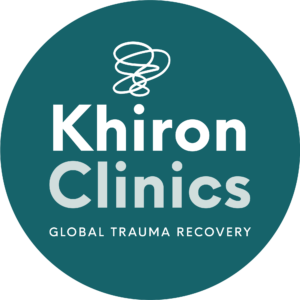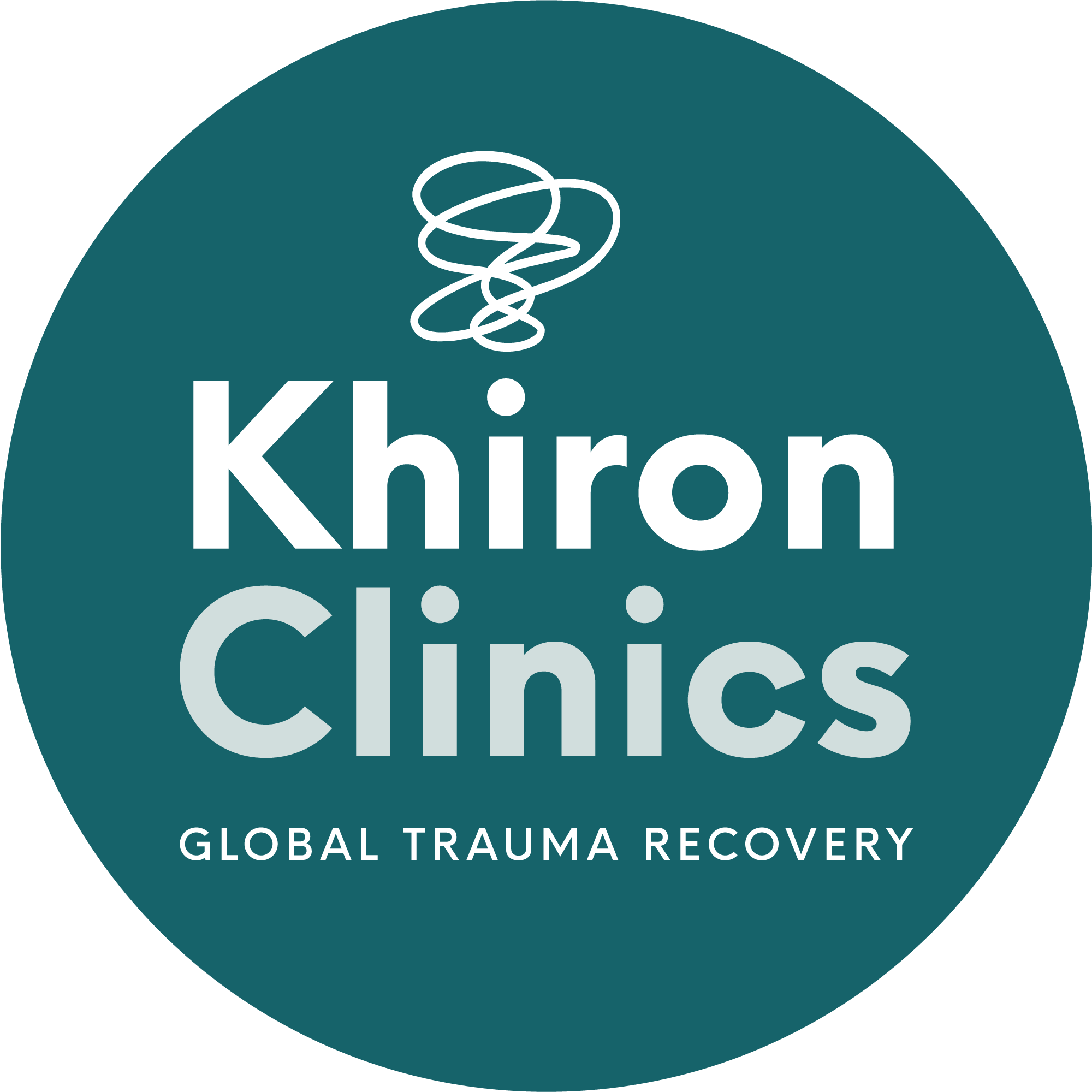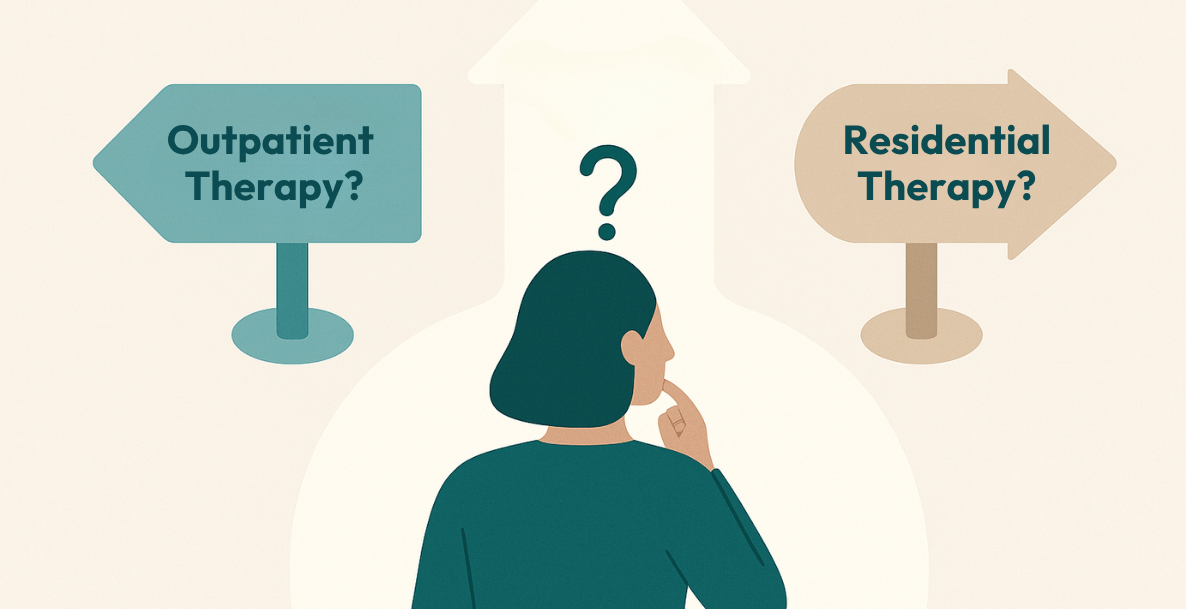A well-regulated nervous system appears to alleviate nearly every issue we categorise as a mental health problem, in addition to addressing a wide range of physical symptoms. This indicates that the root cause may not reside in the mind or specific parts of the body, but rather in the nervous system.
It is crucial to recognise that the nervous system is an integral part of our physical body. Therefore, any dysfunction within the body can significantly impact our thoughts, feelings, emotions, perceptions, decisions, and relationships.
For instance, anxiety, depression, and Post-Traumatic Stress Disorder (PTSD) are often thought of as purely mental health issues but have been shown to improve with interventions that regulate the nervous system, such as vagus nerve stimulation or mindfulness practices. Similarly, physical symptoms like chronic pain and fatigue can also be alleviated through nervous system regulation, suggesting a strong interconnection between our physical state and mental well-being.
What is The Nervous System, And How Does it Become Dysregulated?
The human body is an intricate and highly organised system, with the nervous system at its core. This extraordinary network is essential for our daily functioning, managing everything from our heartbeat and breathing to our thoughts and emotions. It serves as the control centre for all the major bodily systems, ensuring they operate smoothly and harmoniously.
The nervous system is composed of several parts: the central nervous system, which includes the brain and spinal cord, and the peripheral nervous system, which encompasses the autonomic nervous system (ANS).
The ANS has two branches: the sympathetic and parasympathetic systems. The parasympathetic nervous system, commonly known as the rest-and-digest system, induces a state of calmness in the body. Conversely, the sympathetic nervous system triggers the ‘fight or flight’ response, preparing the body to handle threats. When activated, it increases heart rate and blood pressure, boosts adrenaline production, and directs blood flow to the muscles for quick reactions. Meanwhile, functions such as digestion, immunity, and social connection are temporarily put on hold.
Common causes of nervous system dysregulation include:
- Childhood trauma, particularly chronic and ongoing exposure to stressful conditions
- Physical, emotional, or sexual abuse, emotional or physical neglect
- Domestic violence
- Assault, mugging or robbery
- The death of a loved one
- Relationship breakdown
- Severe illness or injury
- Surgical procedures
- Loss of employment
- Workplace harassment
- School bullying
- Car, plane, or boat accidents
- Combat trauma
- Kidnapping or hostage situations
- Refugee experiences
Such events repeatedly stress the nervous system, leading to autonomic dysfunction, sleep disturbances, emotional dysregulation, memory problems, dizziness, chronic headaches, gastrointestinal issues, and muscle pain.
The Importance of a Balanced Nervous System
When well regulated, the nervous system can ride waves of activation, caused by things like stress, accidents or pressure, and then return to homeostasis – where there is a stable, balanced internal environment.
Imagine you are driving and suddenly, another car swerves into your lane, narrowly missing you. Your nervous system immediately kicks into high gear, activating the sympathetic nervous system and triggering the “fight or flight” response. Your heart rate spikes, your muscles tense, and adrenaline floods your body, preparing you to react quickly to avoid a collision.[1]
Once the danger passes and you safely navigate the situation, a well-regulated nervous system will help you gradually return to a state of calm. Your parasympathetic nervous system kicks in, slowing your heart rate, reducing muscle tension, and bringing your body back to homeostasis. This return to a stable, balanced internal environment allows you to continue driving with a clear mind and without lingering stress.
Listening to The Nervous System
Over the last century, medical professionals have struggled to treat issues that lack clear cause or understanding. In response, they began to organise these problems into clusters of symptoms, creating a standardised language to describe them. For example, when patients reported feeling worried, nervous, or anxious, doctors labelled these symptoms as Generalised Anxiety Disorder. While this provided a sense of understanding and reassurance, it essentially reiterated the patient’s concerns without offering real insight or solutions.
This approach led to the creation of the Diagnostic and Statistical Manual of Mental Disorders (DSM), now in its fifth edition, which has become a foundational text for psychiatrists worldwide. However, some experts, including those involved in its development, argue that it has become overly expansive.
The problem with this approach is that it replaces genuine explanations with superficial labels. Without a true, causal explanation, we lose a logical pathway to finding effective treatments. For example, if a doctor diagnoses a patient with Chronic Headache Syndrome without identifying an underlying issue such as dehydration or a sinus infection, the diagnosis is unhelpful. It merely labels the symptom without addressing the root cause, leaving the patient without a clear path to effective treatment.
Nervous system theory offers a more logical explanation for many mental health issues, such as:
- Alcohol/Substance Abuse – Substances stimulate or depress different parts of the nervous system.
- Anxiety Disorders – Over-activated threat response.
- ADHD – Difficulty focusing or staying still under perceived threat.
- Bipolar Disorder – Swings between over-activation and under-activation.
- Depression – The nervous system crashes after over-activation.
- Eating Disorders – Food intake affects nervous system regulation.
- Panic Disorder – Over-activated threat response.
- PTSD – Nervous system dysregulation.
- Social Anxiety Phobia – Threat response triggered by social situations.
Shifting away from the descriptive terminology of the DSM can provide more accurate explanations and pave the way for effective solutions. While the DSM was initially essential for organising and understanding mental health issues, it now risks becoming part of the problem when it comes to finding solutions.[2]
Strategies For Regulation
There are a wide variety of techniques that can stimulate the parasympathetic nervous system, some are great as daily strategies, others work in triggering or stressful situations, that may cause dissociation and other uncomfortable, distressing effects. Here are 3 examples:
- Practise Slow, Rhythmic Breathing: Slow, deep breaths can calm the heart rate and reduce cortisol levels by engaging the vagal pathways. Ensure each breath lasts at least five seconds.
- Use Cold Water: Activate the vagus nerve by taking a cold shower, splashing cold water on your face for 30 seconds, or holding an ice cube against your face. Visualise a peaceful setting to enhance the calming effect.
- Engage in Vocalizations: Stimulate the vagus nerve by humming, singing, or gargling. Focus on the gentle vibrations in your vocal cords and eardrums to trigger the body’s relaxation response.
Therapeutic Approaches
Therapies that emphasise safety and empowerment, such as trauma-informed yoga or trauma-sensitive mindfulness, support individuals in exploring physical sensations and emotional experiences at their own pace.
Khiron Clinics specialises in Polyvagal-informed therapy, working directly with the nervous system to address the root causes of mental health issues, often stemming from unresolved responses to past threats.
Sources:
[1] Porges, Stephen W. “The Polyvagal Theory: New Insights Into Adaptive Reactions Of The Autonomic Nervous System”. Cleveland Clinic Journal Of Medicine, vol 76, no. 4 suppl 2, 2009, pp. S86-S90. Cleveland Clinic Journal Of Medicine, doi:10.3949/ccjm.76.s2.17. Accessed 01 June 2021.
[2] Fry, B. (2019). The invisible lion.







